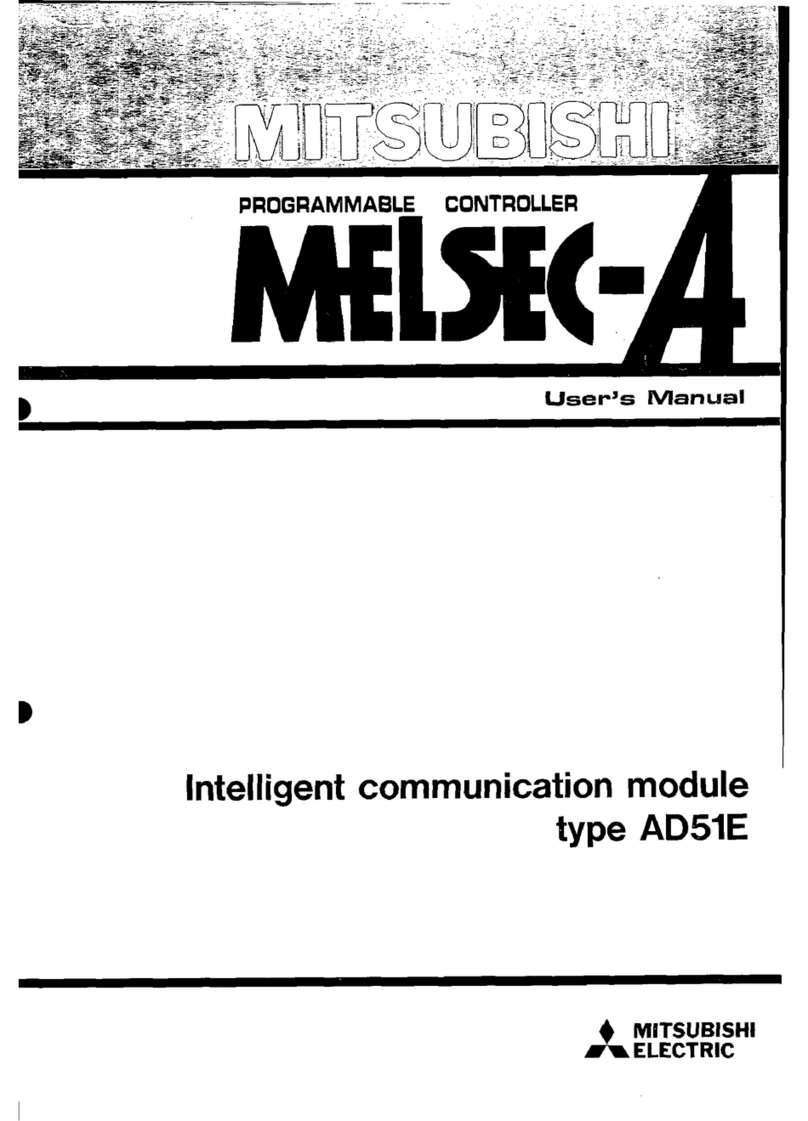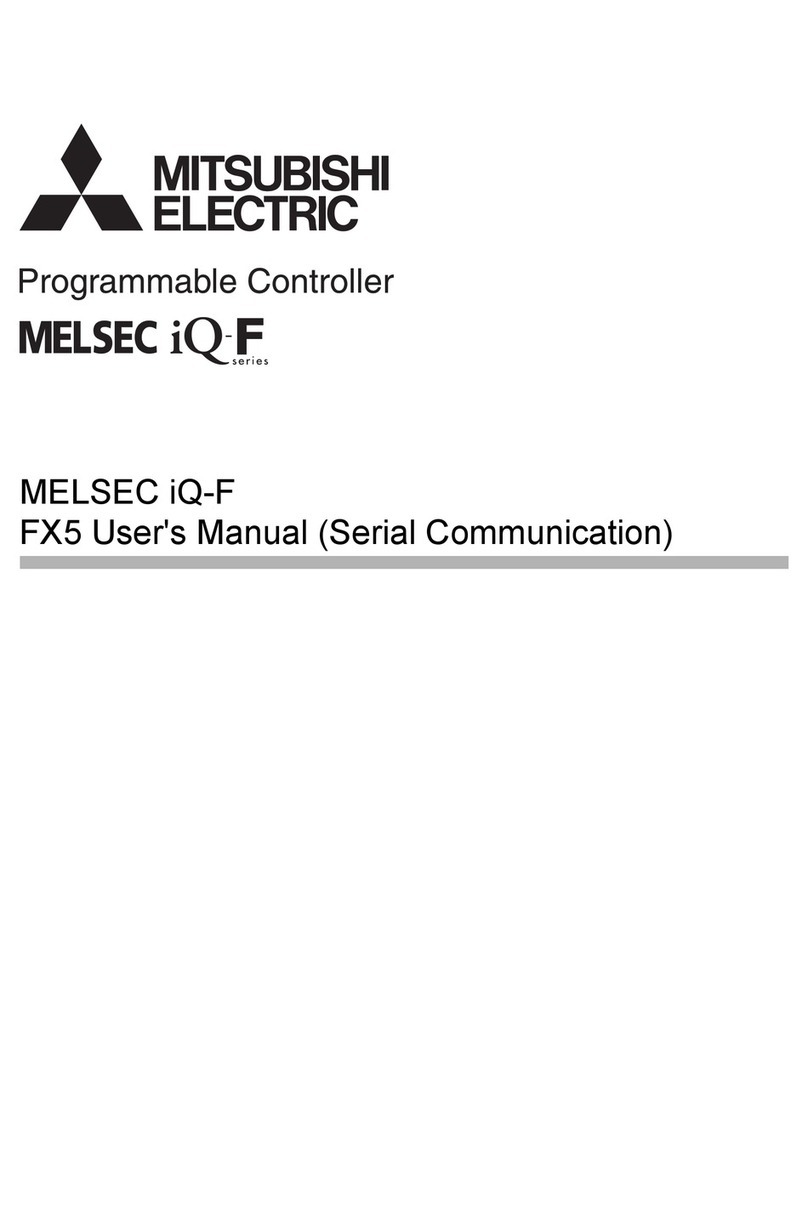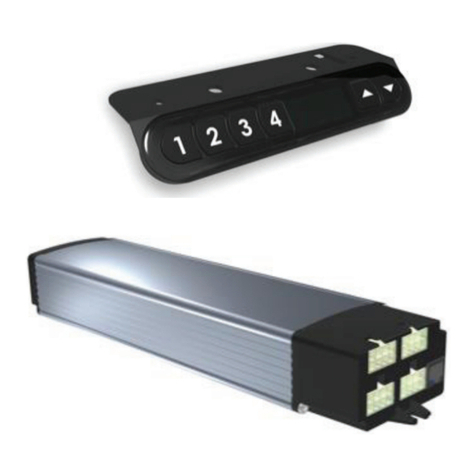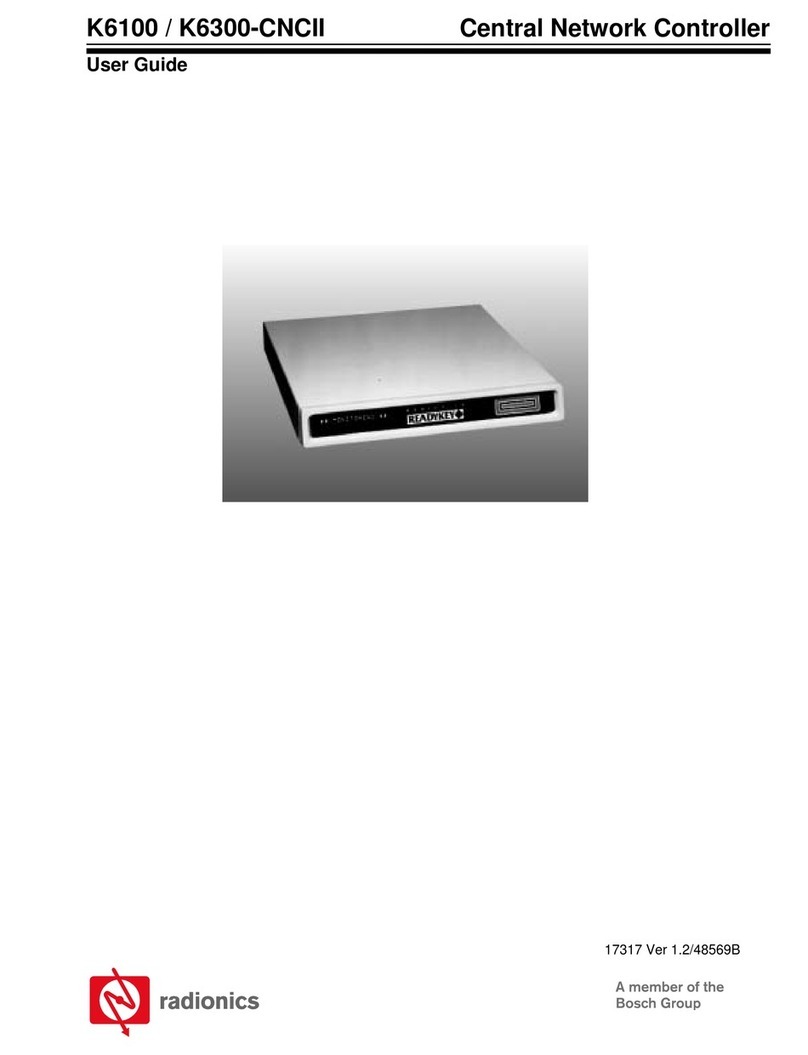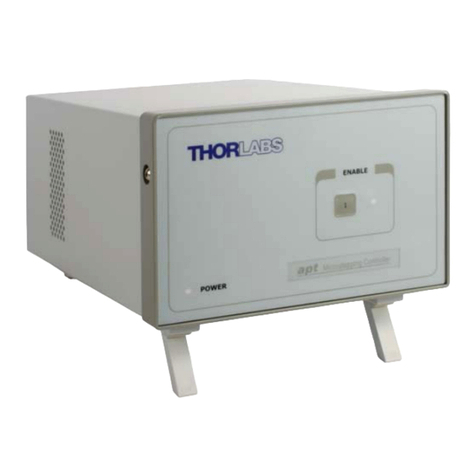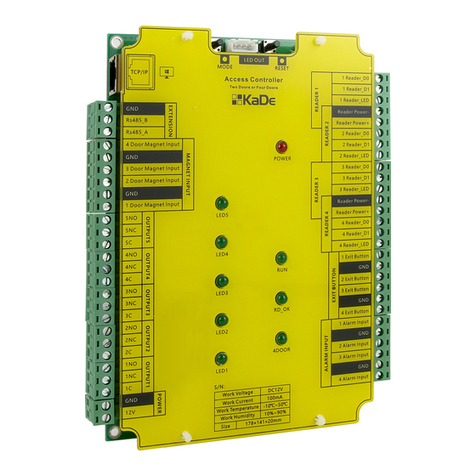Mitsubishi MELSEC-F FX-4AD User manual












Other Mitsubishi Controllers manuals
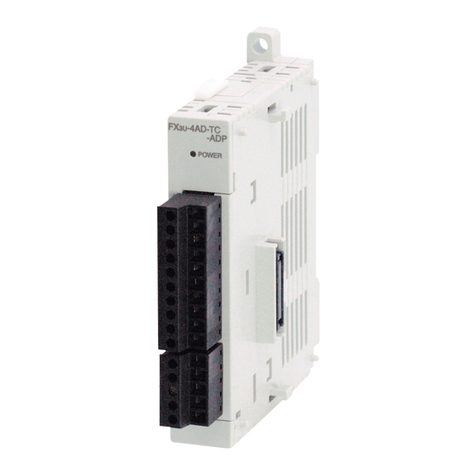
Mitsubishi
Mitsubishi MELSEC-F FX3U-4AD-TC-ADP User manual
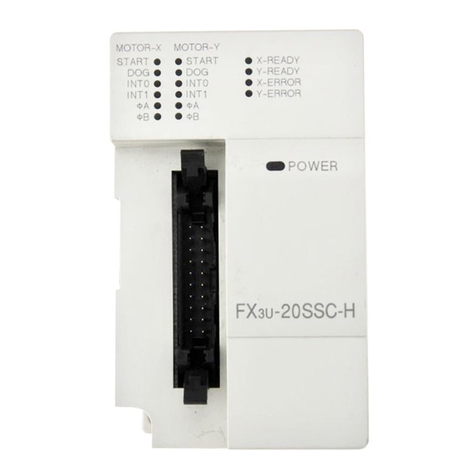
Mitsubishi
Mitsubishi FX3U-20SSC-H User manual
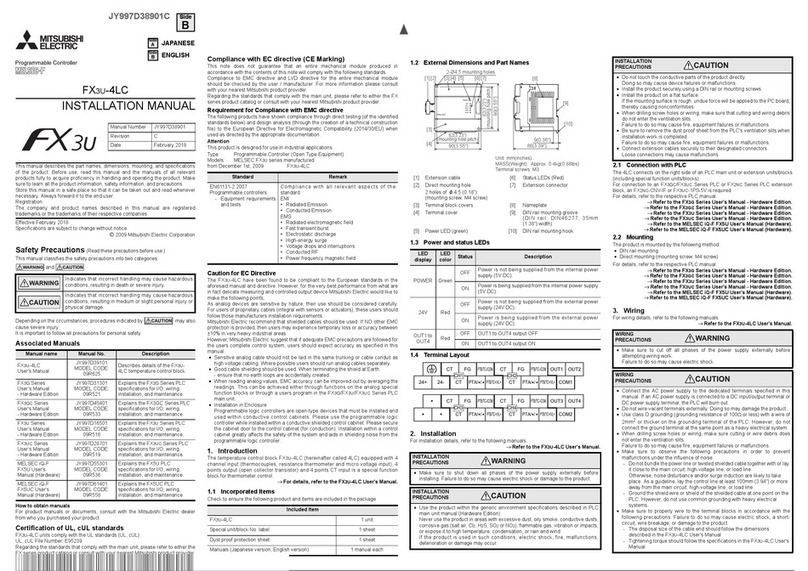
Mitsubishi
Mitsubishi FX3U-4LC User manual

Mitsubishi
Mitsubishi FX3G-4EX-BD User manual

Mitsubishi
Mitsubishi FX-2AD-PT User manual

Mitsubishi
Mitsubishi FX3U-20SSC-H User manual

Mitsubishi
Mitsubishi MELSEC-A User manual

Mitsubishi
Mitsubishi A1SD75P1-S3 User manual
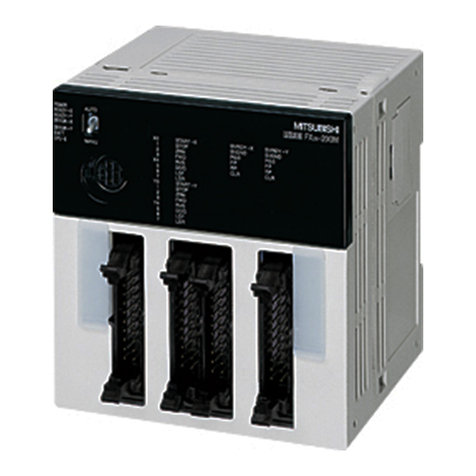
Mitsubishi
Mitsubishi FX2N-10GM Owner's manual

Mitsubishi
Mitsubishi FX Series User manual
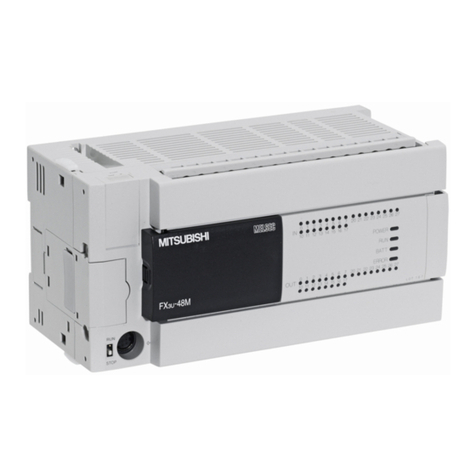
Mitsubishi
Mitsubishi FX3U Series User manual

Mitsubishi
Mitsubishi QJ71GP21S-SX User manual

Mitsubishi
Mitsubishi FX2N-10GM User manual
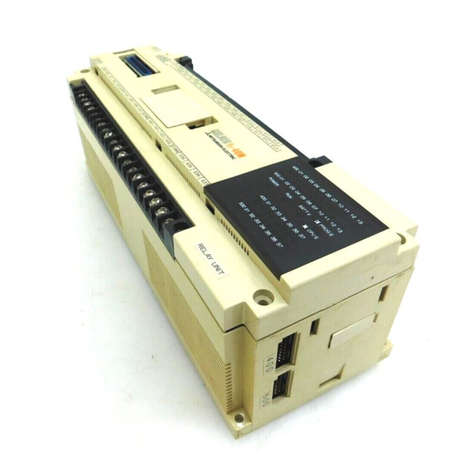
Mitsubishi
Mitsubishi MELSEC F2-60MR User manual

Mitsubishi
Mitsubishi FX3UC Series User manual

Mitsubishi
Mitsubishi MELSEC-A AJ71E71-S3 User manual
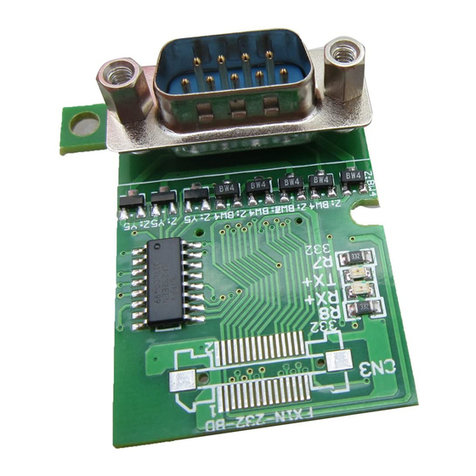
Mitsubishi
Mitsubishi FX3U-232-BD User manual
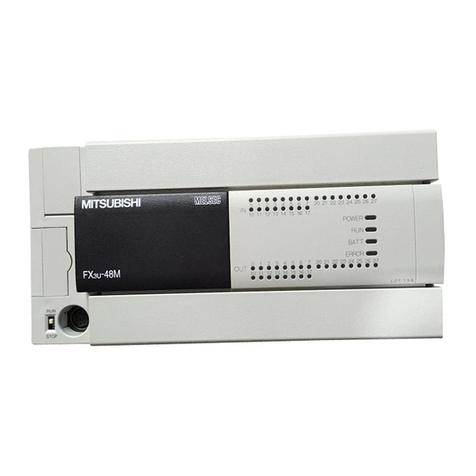
Mitsubishi
Mitsubishi FX3U Series User manual

Mitsubishi
Mitsubishi FX0N-16NT User manual
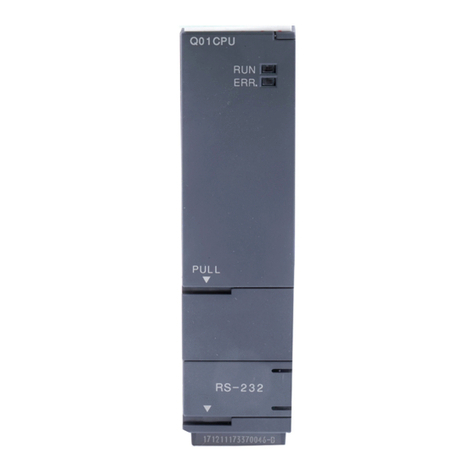
Mitsubishi
Mitsubishi MELSEC System Q User manual
Popular Controllers manuals by other brands
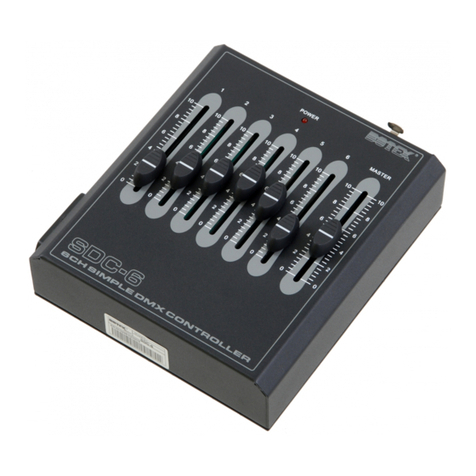
Botex
Botex SDC-6 User instructions
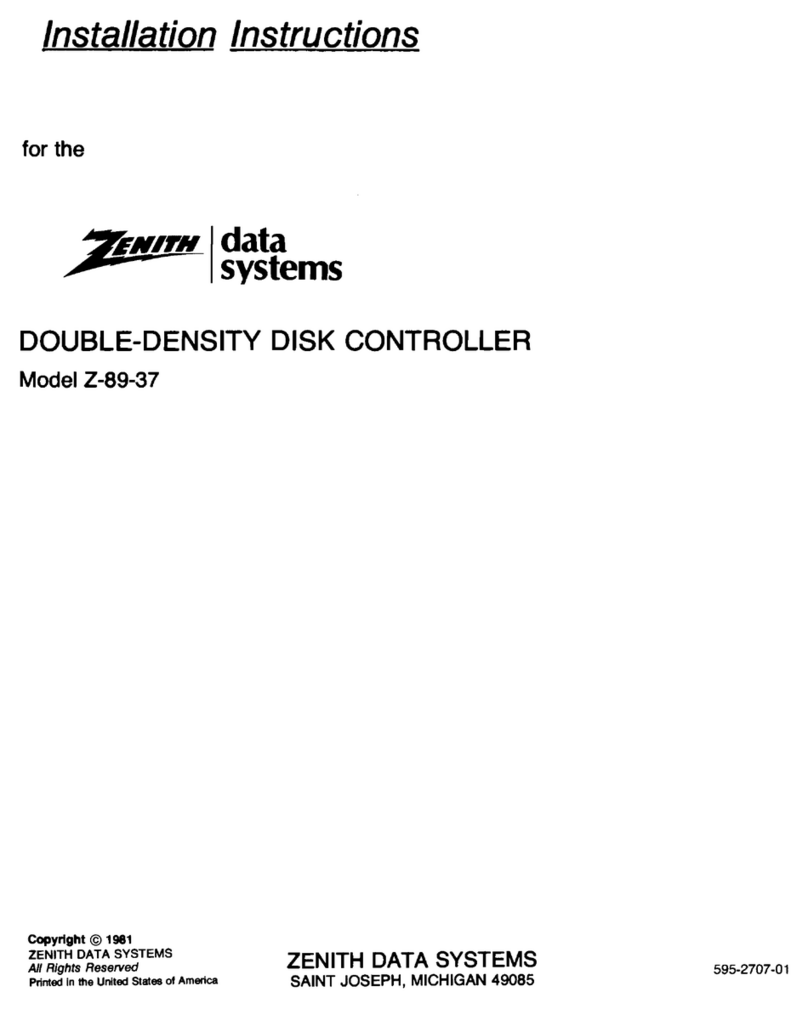
Zenith Data Systems
Zenith Data Systems Z-89-37 installation instructions

Price
Price BFC Series Service and installation manual

Matrox
Matrox QuadHead2Go Q2G-DP4K Configuration guide
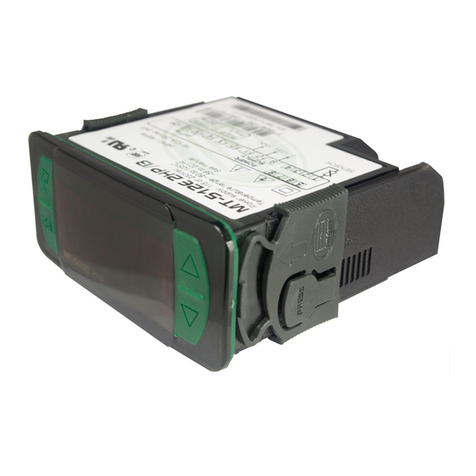
Full Gauge Controls
Full Gauge Controls ECASE EVOLUTION Assembly manual
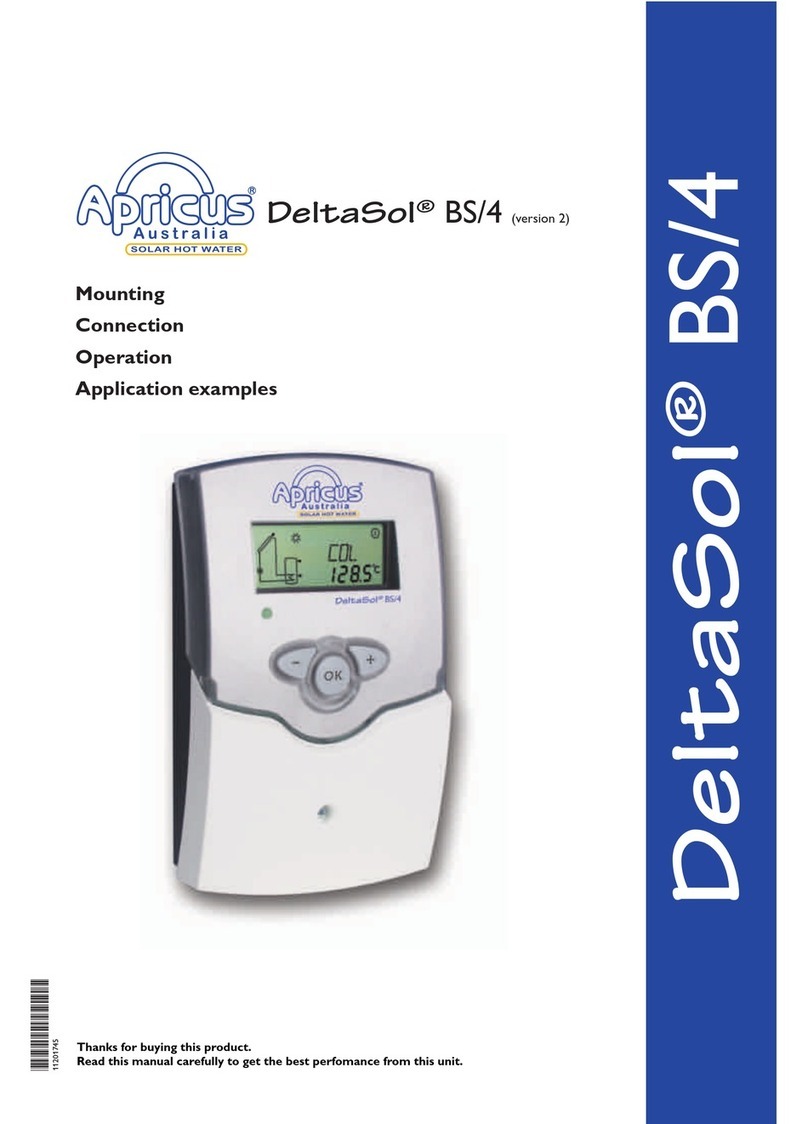
Apricus
Apricus DeltaSol BS/4 manual
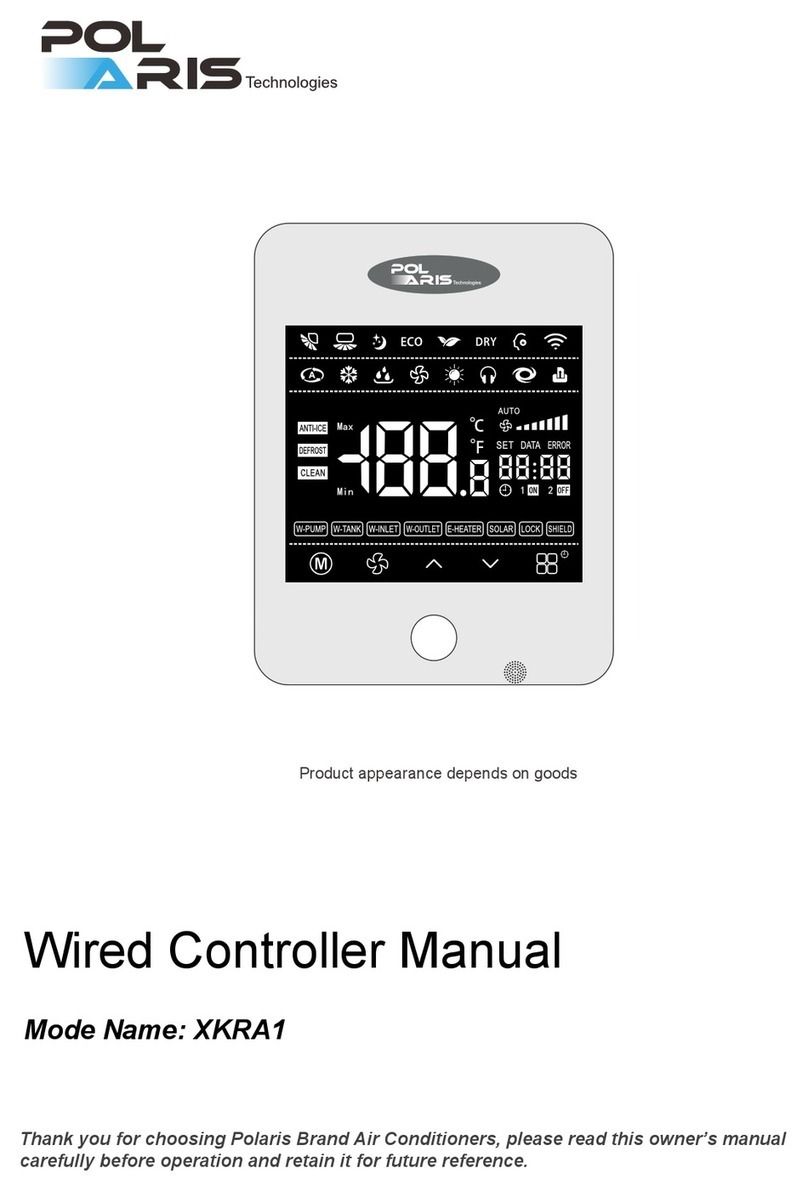
Polaris
Polaris XKRA1 manual
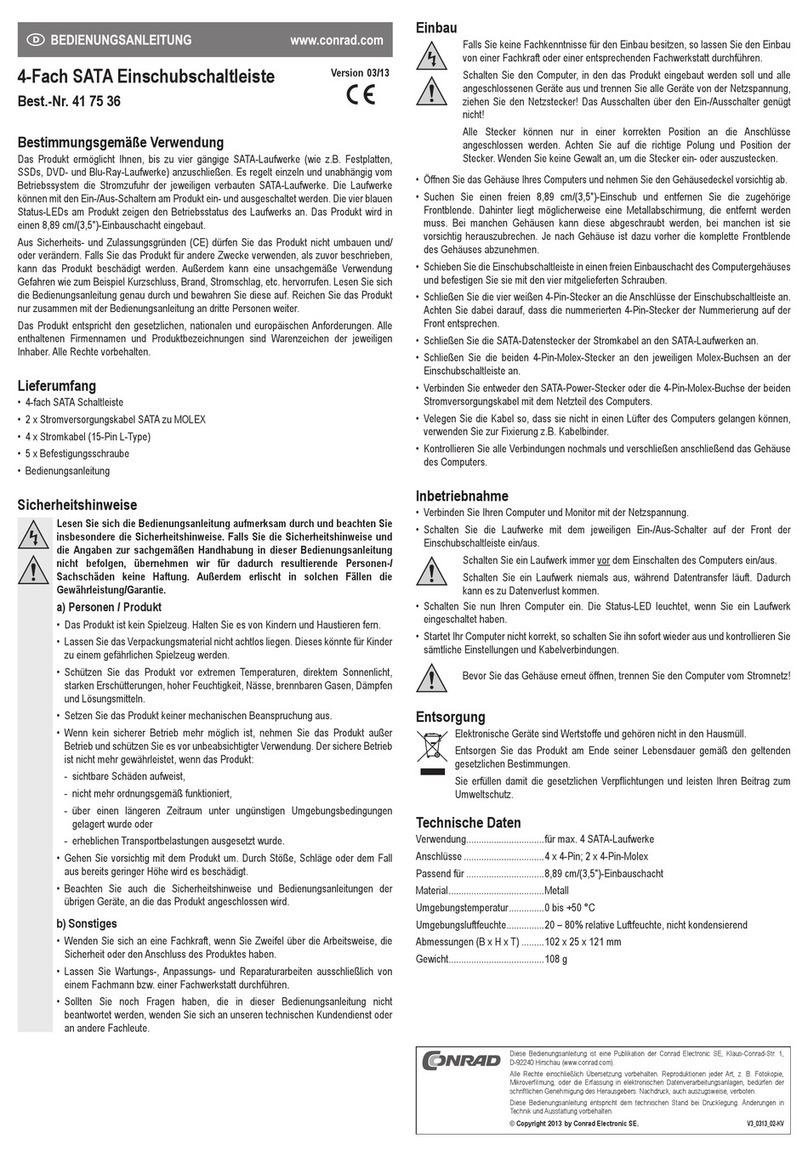
Conrad
Conrad 417536 operating instructions
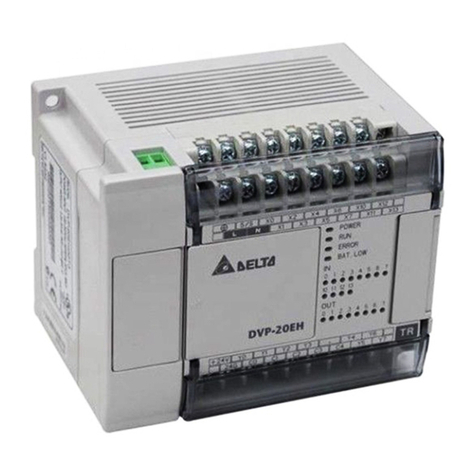
Delta Electronics
Delta Electronics DVP-EH DIDO instruction sheet
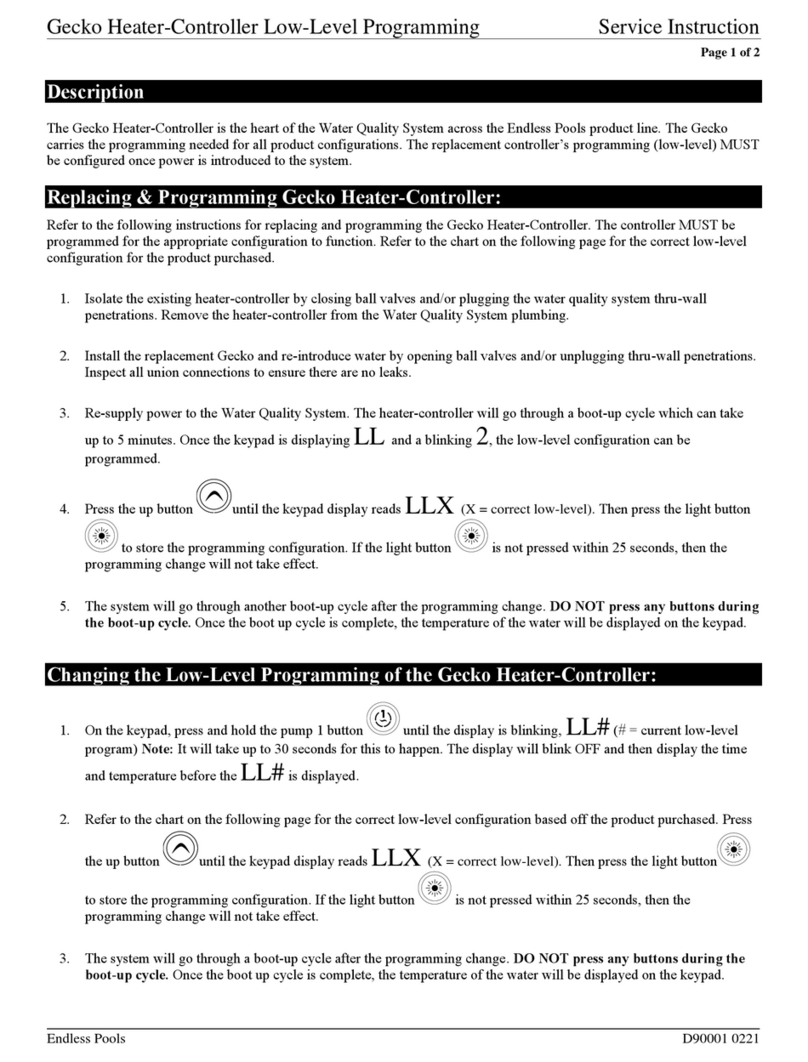
Endless Pools
Endless Pools Gecko Service instruction
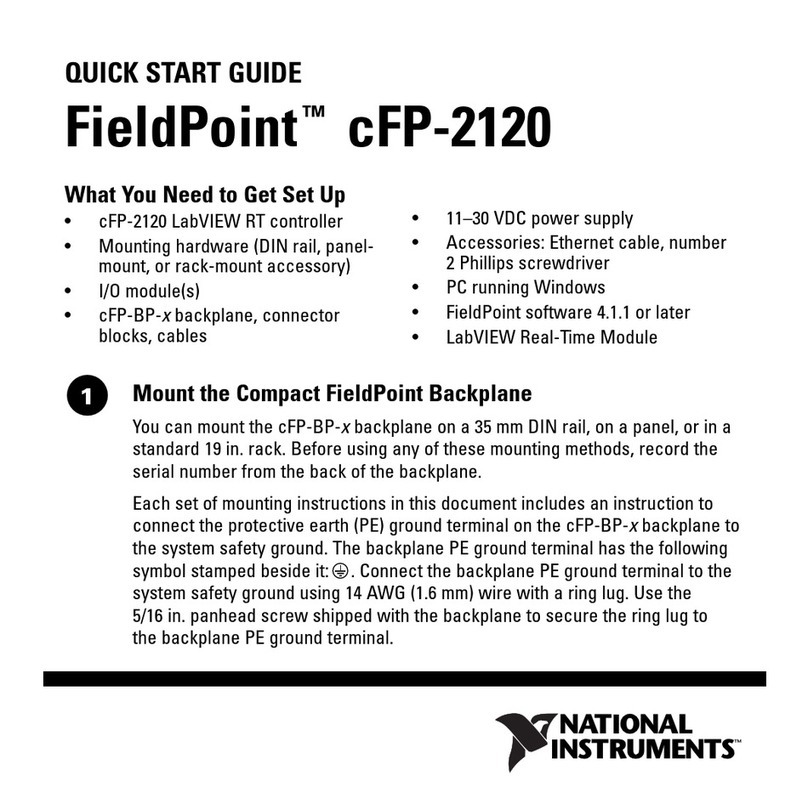
National Instruments
National Instruments FieldPoint cFP-2120 quick start guide
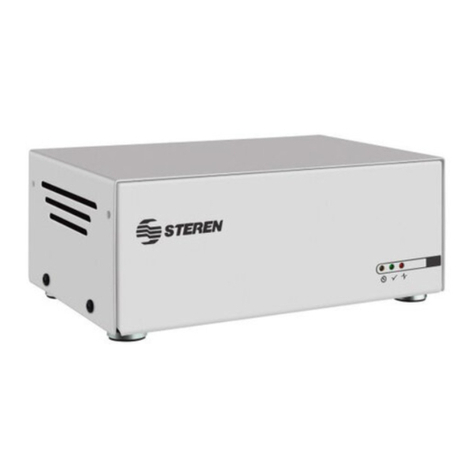
Steren
Steren 920-050 instruction manual

